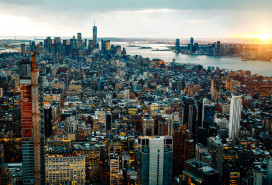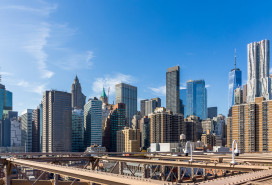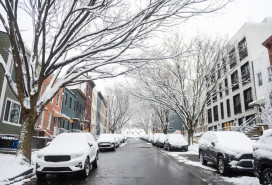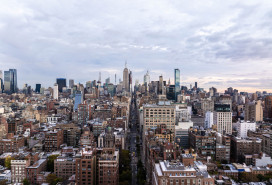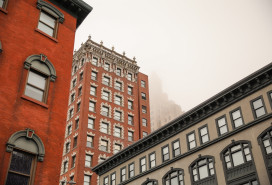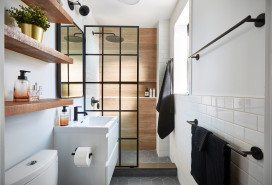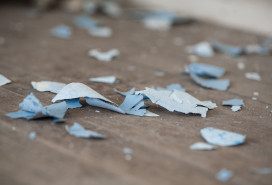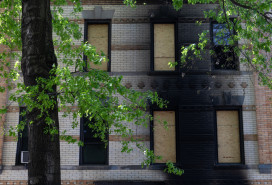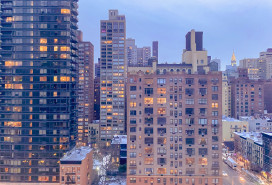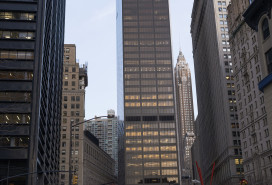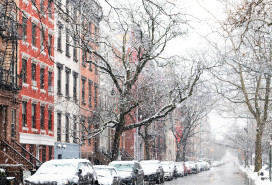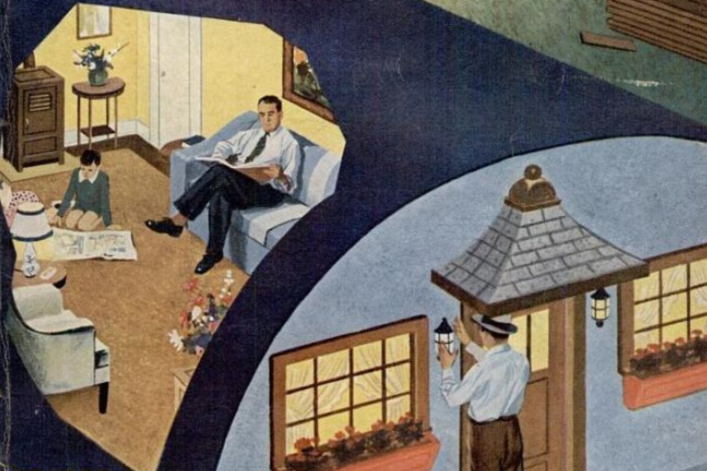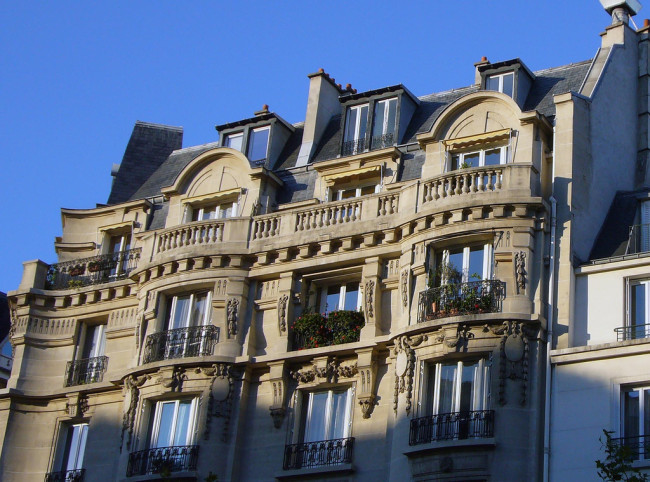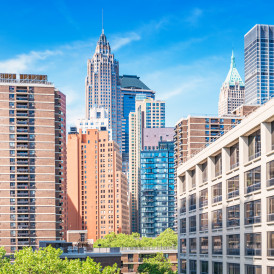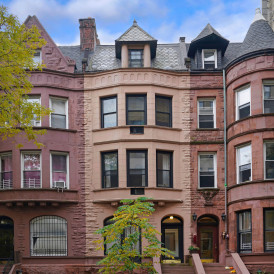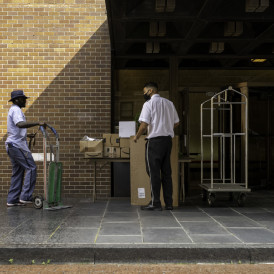The retro solution to NYC's housing crunch after WWII? These pre-fab metal "huts"
Usually when we think of "postwar" architecture in New York City, the first thing that comes to mind is the type of cookie-cutter white-brick construction that's particularly prevalent on the Upper East Side. But another, less enduring form of postwar housing briefly boomed in the city in the form of "quonset huts," a version of the temporary, quick-to-assemble structures that were used overseas for wartime barracks and offices.
Brownstone Detectives looked in the huts' history last week, and their popularity with famed city planner Robert Moses as a temporary option for soldiers in search of cheap city housing. While the quonset huts seemed like a fast, affordable solution, they proved difficult for city builders to work with (thanks to quirks and specifications that differed from typical housing). By the time the huts started to fall out of use and be taken down in the 1950s, their residents were complaining of issues, including leaks and lack of heating.

Most of the homes were put up around Canarsie, Jamaica Bay, and the Belt Parkway area in south Brooklyn, and around Broadway in Bed-Stuy, though the huts below (pictured from a 2014 Google Street View snapshot) were apparently torn down in 2016:

You Might Also Like

